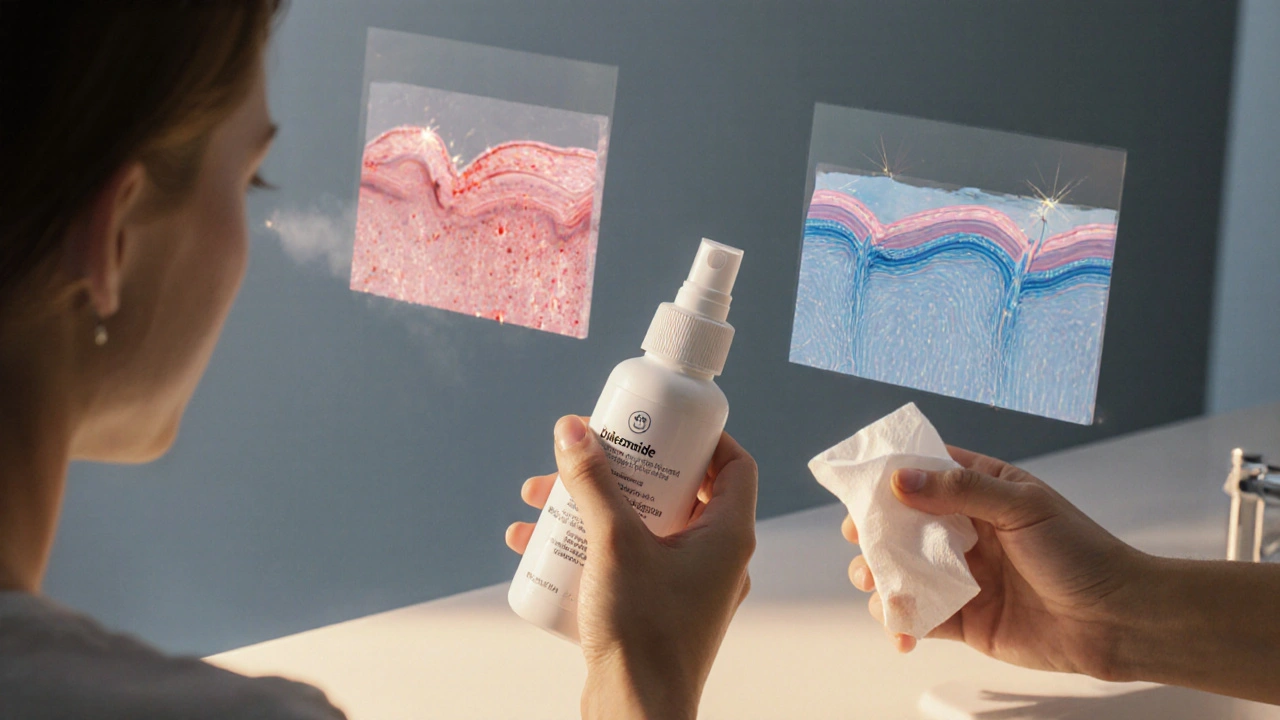Everything You Need to Know About Nasal Sprays
Ever reached for a spray bottle at the drugstore and wondered what actually works? Nasal sprays are one‑stop solutions for congestion, allergies, and even some chronic conditions. In this guide we’ll break down the basics, compare the main types, and give you straight‑forward tips to get the most out of every puff.
Why People Use Nasal Sprays
Most of us turn to a nasal spray when a cold or allergies make breathing feel like a marathon. They deliver medicine right where you need it – the nasal lining – so you get fast relief without the stomach upset you might feel with pills. Some sprays treat infections, others shrink inflamed tissue, and a few help moisturize dry passages.
Types of Nasal Sprays and How They Work
Decongestant sprays (like oxymetazoline) shrink blood vessels in your nose, clearing stuffiness in minutes. Use them for no more than three days a row; otherwise you risk rebound congestion.
Antihistamine sprays (such as azelastine) block histamine, the culprit behind itchy, watery noses. They’re great for seasonal allergies and can be used daily.
Corticosteroid sprays (fluticasone, mometasone) reduce inflammation over time. They don’t work instantly, but after a few days you’ll notice less swelling and mucus.
Saline sprays are just salt water. They rinse out dust, pollen, and mucus without any medication, making them safe for kids and anyone with a sensitive nose.
Prescription specialty sprays (like mupirocin for bacterial infections or calcitonin for osteoporosis) target specific conditions and require a doctor’s note.
Knowing which category fits your symptoms helps you avoid unnecessary side‑effects and saves money.
Now that you know the options, let’s talk about using them right.
How to Use a Nasal Spray Correctly
First, blow your nose gently to clear excess mucus. Next, shake the bottle if the label says to – this mixes the ingredients. Tilt your head slightly forward, insert the nozzle just into one nostril (don’t push it too far), and close the other nostril with a finger.
Press down on the pump while breathing in gently through your nose. After the spray, avoid sniffing hard; let the medicine settle for a few seconds. Repeat on the other side if needed.
Cleaning the tip with warm water once a week prevents bacterial buildup, especially for reusable bottles. If you share a spray with a family member, use a disposable tip or keep it to yourself.
Remember: decongestant sprays should never exceed three days. If you need longer relief, switch to a steroid or antihistamine spray under a doctor’s guidance.
Common side‑effects include mild burning, dryness, or a brief runny nose. These usually fade as your nose gets used to the medication. Severe reactions like nosebleeds or intense irritation warrant a call to your pharmacist or doctor.
Finally, store sprays at room temperature and keep them out of direct sunlight. Most bottles have an expiration date – using an old spray can reduce potency and increase irritation.
With the right type and proper technique, a nasal spray can be a lifesaver during allergy season or a cold. Keep this guide handy, pick a spray that matches your symptoms, and breathe easy again.
Rhinocort (Budesonide) vs Top Nasal Allergy Sprays: Detailed Comparison
A detailed side‑by‑side look at Rhinocort (budesonide) versus other nasal allergy sprays, covering efficacy, cost, dosing, and safety to help you pick the best option.
